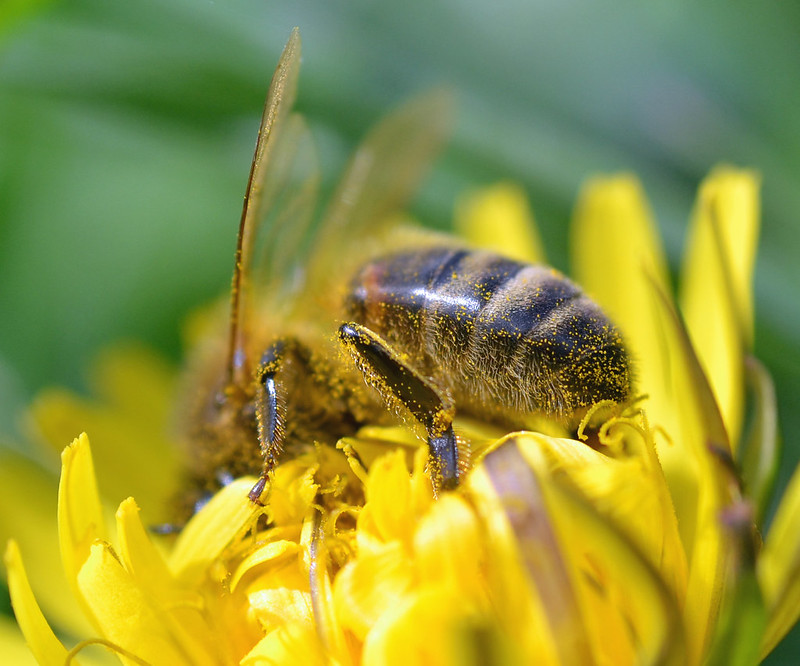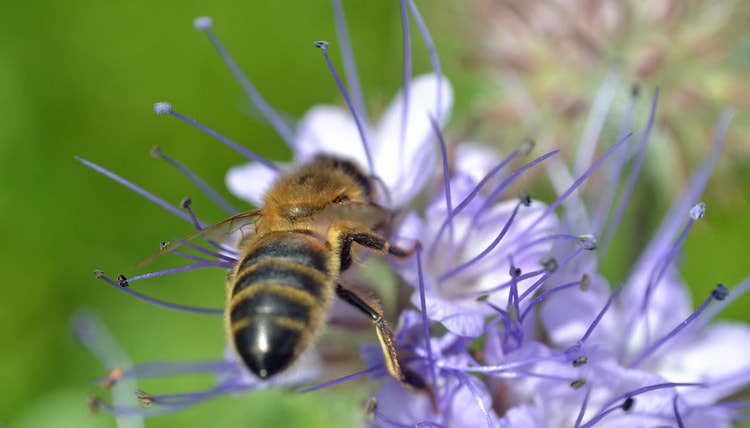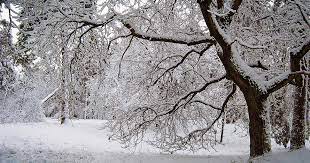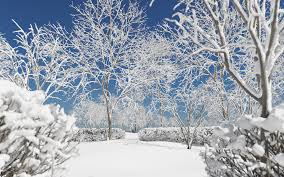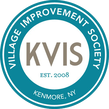|
Welcome to Save the Bees Western New York and thank you for buzzing by! Here you can learn all about trees, take the pledge to love the tree in front of your place, and even name your tree! You can also become a Bee Ambassador! Each week there will be new and exciting information, activities, and more added, so make sure to come back often!
|
Become a Bee Ambassador today!
|
Bee Ambassadors pledge to:
To become a Bee Ambassador, take the pledge below and complete the form.
A free Bee Ambassador bracelet will be reserved for you when you sign up. |
Humanity relies on bees and other pollinators.
It's true. Without bees and other pollinators, humans and animals will not have enough to eat because plants will not be pollinated. Over the past few years, the number of bees has been declining rapidly here in New York State and throughout the US. Beekeepers in New York lost close to 50% of the colonies in 2017, experts say. The numbers aren't looking much better for 2018: a loss of close to 30 percent is expected. One of the reasons for the decline is use of a pesticide linked to colony collapse disorder. Some causes of pollinator decline:
Green Your Yard
Bees are only attracted to white, yellow, purple and blue blooms which are highly fragrant, In other words, despite the aesthetic appeal of a plant and its flowers, if they don’t smell fantastic, bees just won’t be interested. Also, bees don't like red blooms because they see red as gray, an unappealing color of food for bees and people. Bees also tend to visit flowers with packed petals much less often as those flowers are more difficult to get to the pollen and nectar.
|
The plant photo above is of phacelia tanacetifolia or Bee's Friend plant. Bees love this plant which is a non invasive, native annual in Western New York. If you would like to plant some seeds from this plant, please contact us and we'd be happy to give you some seeds free of charge!
The United States Department of Agriculture has a good list (with photos) of other bee-loving plants. |
Create a Better HabitatThe video below by the New York State Department of Environmental Conservation has some great tips on how to green your backyard and make it a better habitat for plants, insects and birds.
|
In the WintertimeWinter is a very good time to observe and appreciate trees. For many months of the year trees are covered in leaves that hide their structural beauty. But in winter bare tree branches against a winter sky is breathtaking. When you look carefully, you can trace the branches from each main branch while the many others arch in multiple directions from it. Each tree is unique with the width and length and shapes they make being different, some branches are long and slender, others thick and gnarled. So the next time you look at the exposed limbs of a tree in winter, pause to really appreciate the beauty of what is revealed. This is one of the gifts of winter when mother nature shows us the graceful outline of trees at rest.
|
All the complicated details of the attiring and the disattiring are completed! A liquid moon moves gently among the long branches. Thus having prepared their buds against a sure winter the wise trees stand sleeping in the cold. - Winter Trees by William Carlos Williams |
Take the Pledge
Join the cause and help us save the bees!
|
|
Did You Know?
|
95%
Out of the 4,000 bee species native to the U.S., 95% do not sting. |
91%
Native bees have about a 91% pollination efficiency rate, compared to honey bees whose pollination efficiency rate hovers around 72%, making it important to focus upon helping all pollinating species, including honey bees. |
2016
In June 2016, Gov. Cuomo and the NYS Department of Environmental Conservation released the NYS Pollinator Protection Plan, which takes the first step in identifying and addressing the challenges facing both native and managed pollinators across the state. |
It is illegal for any exterminator to kill honey bees in New York State. If you have an unwanted bee colony at your home or place of business, call a professional bee keeper and they will collect and transfer them to a more suitable location.
|
